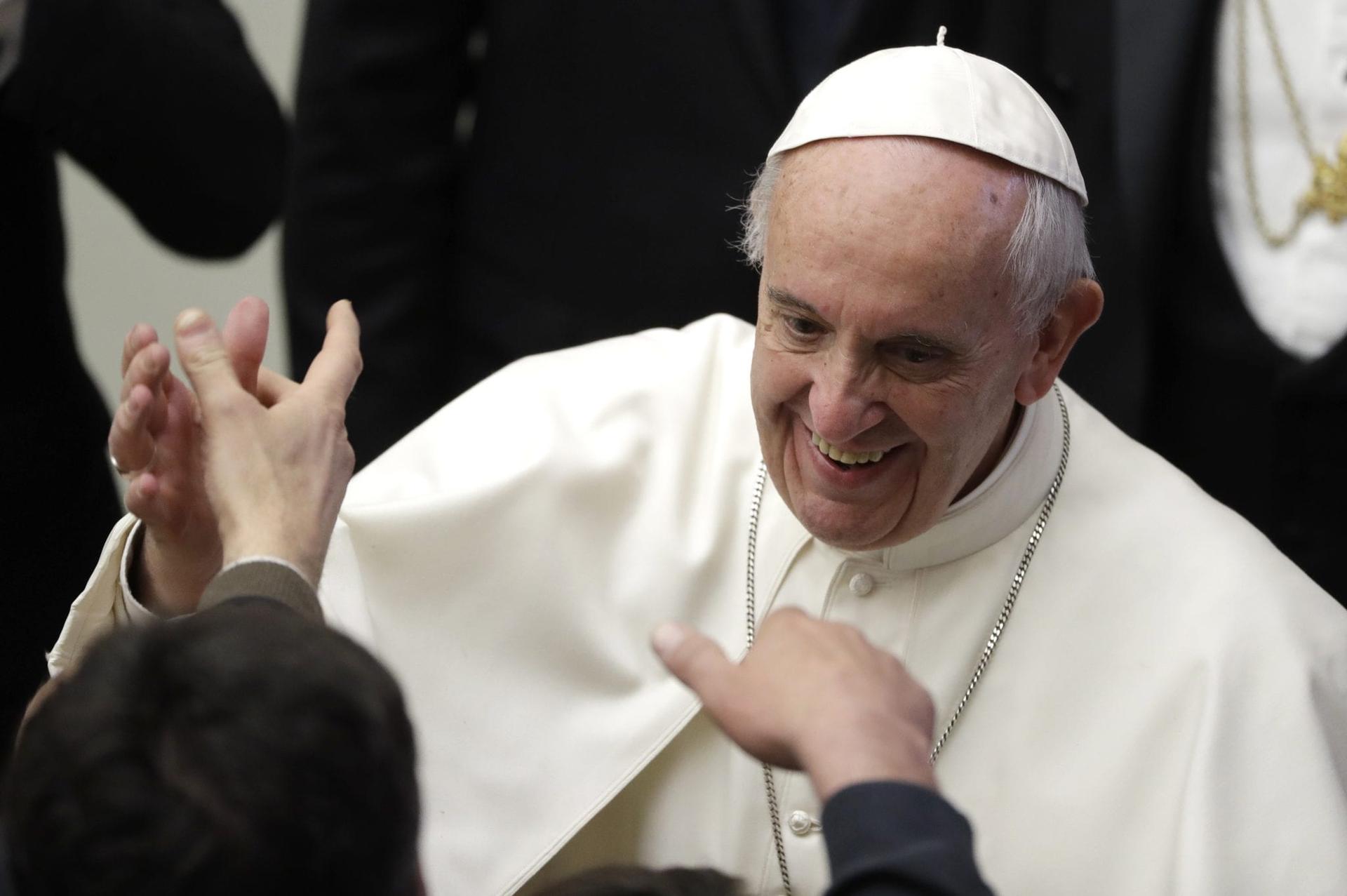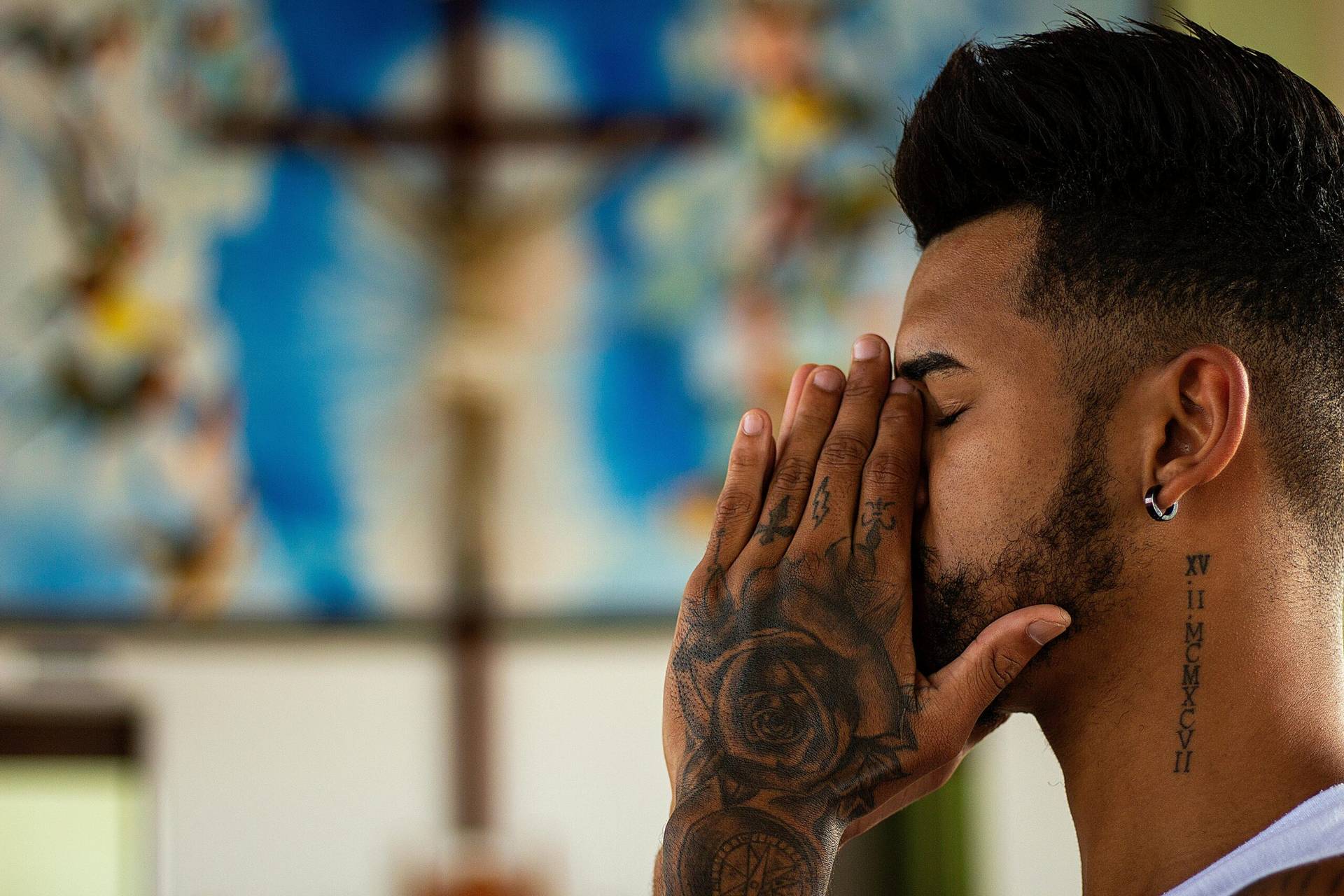Once again, Pope Francis used his Christmas address to the Vatican curia to lay out his vision of reform for a challenged church. Some call Francis a revolutionary for these and other moves. Viewed through the proverbial long lens of church history, however, Francis’s approach puts him squarely in the middle of reform movements.
Given our nearly hopelessly polarized world of secular and religious affairs, perhaps it is best to call anyone trying to strike such a balance a radical moderate.
What lessons might we draw from the history of church reform as we take a look at that radically moderate approach in the pope’s latest Christmas message?
Reform is a constant process
Recovering the notion of the church as a pilgrim is one of the great gifts of Vatican II—like getting a new eyeglass prescription where you realize that you could see before, but maybe you shouldn’t have been driving with vision that blurred.
Francis quoted St. Ignatius, his Jesuit forefather, to remind the church to reform what’s deformed, then to conform what’s been reformed, next to confirm what’s been reformed, and finally to transform what’s been confirmed. In essence, the only constant in church history is change that is rooted in tradition, which is in itself on a pilgrim path.
Francis’s critics seem more and more to be Vatican II’s critics. Resistance to Francis is resistance to Vatican II, as many observers have already noted. With his double canonization of Popes John XXIII and John Paul II in April 2014, Francis also canonized Vatican II as Exhibit A of the constant process of reform.
Personal reform: the alpha and the omega
From the beginning and until the end, personal reform is key. All the spiritual masters teach that a right relationship with God manifests itself in healthy relationships with our circle of family, friends, and co-workers.
As Francis told the curia, “Once again I reaffirm the importance of individual conversion, without which all structural change would prove useless. The true soul of the reform are the men and women who are part of it and make it possible. Indeed, personal conversion supports and reinforces communal conversion.”
In the New Testament, “Repent, for the Kingdom of God is at hand,” is a message called out by John the Baptist, proclaimed by Jesus, and spread by St. Paul. In his letters, Paul repeatedly urged Jesus’s earliest followers to conform themselves to the image and likeness of God, in which every man and woman has been created. Reborn in Christ, all Christians must continually measure themselves against their divine model.
Medieval monks and nuns followed the sixth-century Rule of St. Benedict to work toward a metanoia or a conversatio morum—a fundamental conversion of a person’s very life, soul, and sense of purpose. Through and beyond the centuries of Protestant and Catholic reformations, that conversion always came back to a pre-modern version of WWJD bracelets.
We have the famous Imitation of Christ and other meditations that ask us to place ourselves in gospel scenes. In the turbulent sixteenth century, Teresa of Avila in her Interior Castle pointed to an intimate bonding with Jesus while acknowledging that journey would have spectacular sunrises and dark nights.
The pilgrim path of reform is a bumpy ride. It must turn inward in order to serve outward.
Reformers can appear anywhere in the church
Reform is best when it comes from the periphery, gets energy at the center, and goes out again. When the pope talks about the curia’s pastoral concern fueled by a missionary spirit and drawing on representatives of the universal church (what he means when he says “catholicity”), we hear echoes of his hero Pope Paul VI who especially tried to make the curia and college of cardinals more international.
Good ideas are good ideas wherever they come from. Francis of Assisi was distrusted when he first appeared on the Roman scene in the early 1200s since he was standing with poor believers at the margins in a sharp counterpoint to an expanding papal monarchy.
Mother Teresa emerged from the black hole of Calcutta because of a 1969 BBC documentary that made her a world figure. Once their ideas reached the church’s power center, they were transformative and shot out again to other peripheries—a dynamic loved by Pope Francis, the below-the-radar cardinal who became the first Latin American pope in history.
The spirit of reform never stops breathing: For nearly 40 years during the Great Western Schism(1378-1417), there were two and then three competing popes at the same time, each with a college of cardinals, bishops in support, and nations lining up on one of three sides. (For perspective, that would take us back to the late 1970s.)
Yet just when the people in the pews could have walked away from this hierarchical train wreck, the Holy Spirit blew especially among lay people—men and women we might call working class or blue collar who met for Bible study in their homes, asked priests to join them and explain the gospels in their own languages, and kept up a lively social justice movement caring for the poor among them.
They couldn’t even name the pope (or popes), but that didn’t stop them from reforming themselves and their communities. It sounds like the call of Gaudium et Spes (Vatican II, 1965) to take the faith to the workplace, but it was happening in Europe in the late Middle Ages.
In our own time, Catholics may have slowed down their financial contributions because of the priest-pedophilia and episcopal cover-up crimes, but they didn’t stop believing or going to church in large numbers.
There is anger in the Catholic blogosphere that should be encountered and explored in dialogue—and there is hypocrisy and a lack of charity that must be called out there, too—but that passion is evidence of a faith that is alive. Francis stressed just this point in his Christmas message for 2016: “Since the Curia is not an immobile bureaucratic apparatus, reform is first and foremost a sign of life, of a Church that advances on her pilgrim way, of a Church that is living and for this reason semper reformanda, in need of reform because she is alive.”
The challenge is to make sure that life is healthy, too, even in disagreement, which Francis acknowledges in noting the open opposition to some of his own reform efforts. This pope believes that the Holy Spirit will never stop blowing, even in the voices of opposition as long as they are shared in a constructive conversation.
Survivors of priest-pedophiles and their bishop-enablers can teach the hierarchy with their stories, their tears, their pain, and their triumphs, but that hierarchy must admit that they have much yet to learn. Some say women are speaking out more about their hopes and gifts for the church.
Are they speaking out more or is it that now they are being heard more—to which we might all say, “it’s about time”?
Reform takes time
We shouldn’t be surprised to hear this Jesuit pope speak about the very Ignatian process of discernment. St. Ignatius’s Spiritual Exercises were designed to help faithful women and men hear and listen to God’s plan for each of them. This takes time.
As Francis told the curia a few days ago, we must proceed with a sense of “gradualism” conditioned by “the passage of time and stages of development, assessment, correction, experimentation…In these cases, it is not a matter of indecision, but of the flexibility needed to be able to achieve a true reform.”
In these impatient times, it may appear that reform is happening too fast for some but not fast enough for others, least of all an 80-year-old pope in office fewer than four years. Nevertheless, from the perspective of church history, the reform of Francis and his embrace of Vatican II seem to be balancing out along a slow but steady pilgrim path.
Christopher M. Bellitto, Ph.D., is Professor of History at Kean University in Union NJ. His books include Renewing Christianity and his latest, Ageless Wisdom: Lifetime Lessons from the Bible (both from Paulist Press).















